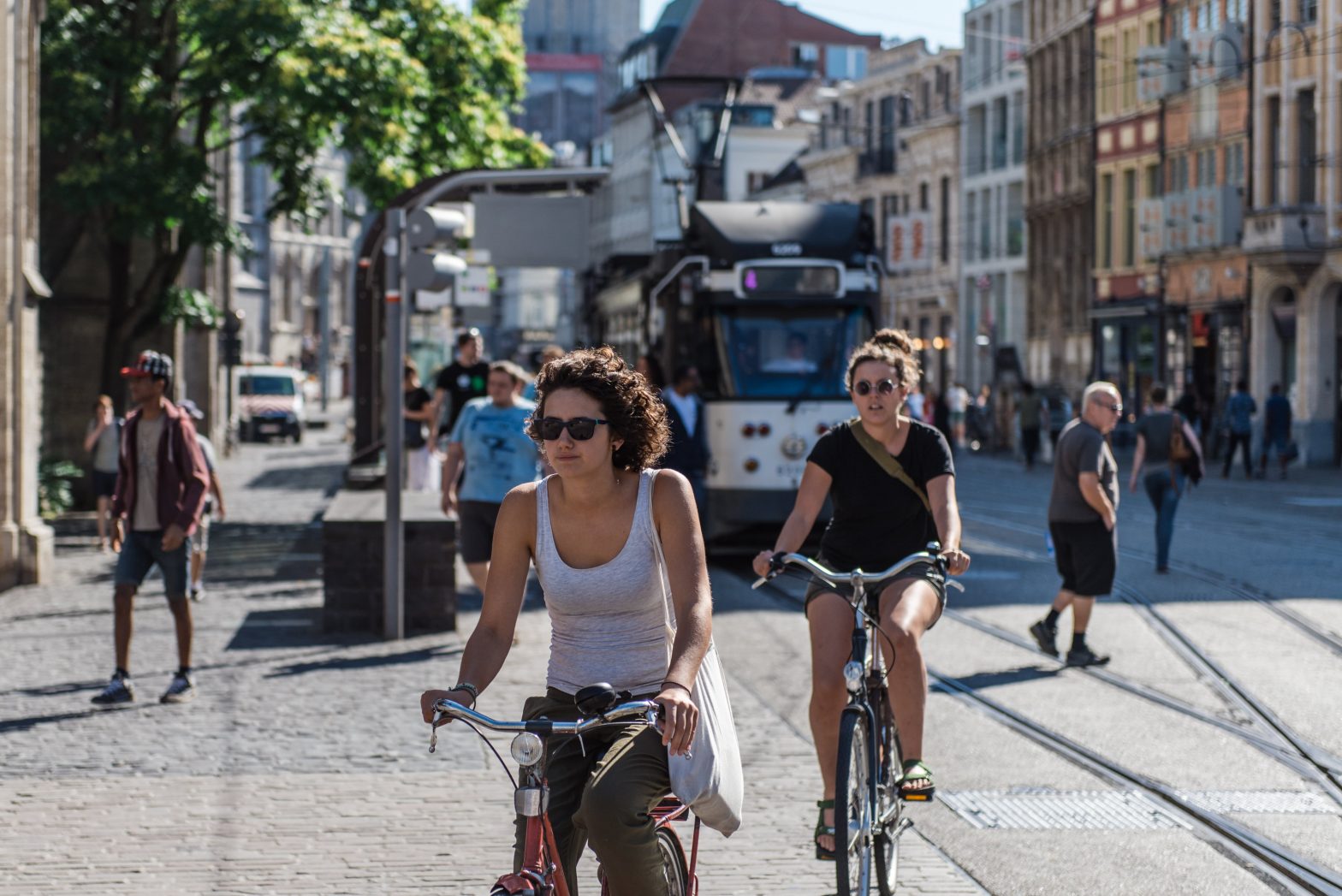
Photo: Ghent-traffic-management
Ghent launches virtual traffic management platform
07 November 2017
by Nick Michell
Traffic Management as a Service (TMaaS.eu), an urban mobility project driven by the City of Ghent, has been selected to receive funding by the EU initiative Urban Innovative Actions. The platform is a new traffic-centre concept for small and medium-sized cities.
“The Traffic Management as a Service project is unique in the sense that it is the city of Ghent, not the industry, that is taking the lead in creating a technology platform,” Pieter Morlion of Mobiliteitsbedrijf Gent, told Cities Today. “The TMaaS.eu platform can be used by other small and medium-sized cities as well, so efforts do not need to be repeated. Investments, both concerning time and money, can be accumulated across different cities, and the platform can serve as a common starting ground for collecting, visualising and exchanging information regarding mobility.”
The Traffic Management as a Service concept is different from previous traffic centres in that it is based on a fully digital and virtual platform that processes traffic data and provides real-time information to the residents of Ghent. To achieve this up-to-date flow of information, the data is dealt with and distributed to the users automatically, so operators are no longer required to continuously monitor screens.
Current urban mobility centres are often expensive, and focus on installing costly hardware in order to monitor traffic. Moreover, those systems are unable to provide personalised information to the city’s residents. The Traffic Management as a Service system uses data that is readily available from various partners and companies and works across multiple modes.
“Instead of investing in cameras or electronic systems, the city has focused on defining which mode fits best in the ecosystem of the city,” added Morlion. “The City of Ghent wants to realise this, based on its smart city vision. This does not mean building completely new systems or sensor networks, but rather starting from policies and conversations with citizens. By connecting and recycling existing building blocks in an open and transparent way, Ghent wants to lead the way towards innovative mobility solutions for its citizens.”
The system automatically checks all data coming in on journeys by bike, bus, tram, train, or on foot. Based on that data the platform will send information to commuters through social media, taking into account each individual’s personal preferences. Citizens are also able to provide the platform with feedback. Subscribers will receive real-time and personalised traffic advice about their neighbourhoods and be notified of alternatives routes or modes if need be.
“Social media channels will be used because it is an easy way to reach a large part of the population in ways they communicate daily with family and friends,” said Morlion. “This approach is extremely scalable; once the integrations with WhatsApp, Facebook or Snapchat have been built, they can easily be reused for other cities at a very low cost. Next to social media connectors, the platform will have an open data interface that makes its data available to any application, screen, mobility service, radio station or in-car app that wants to use it.”







